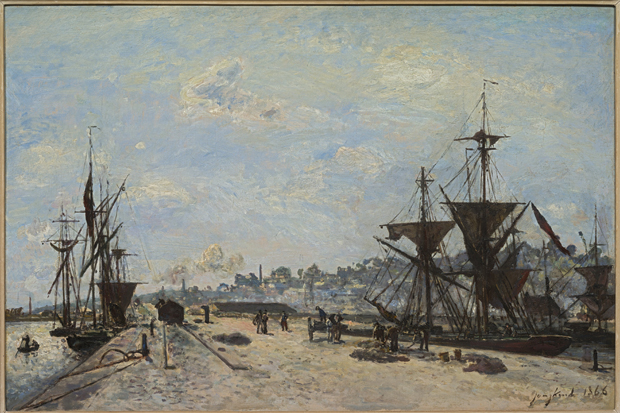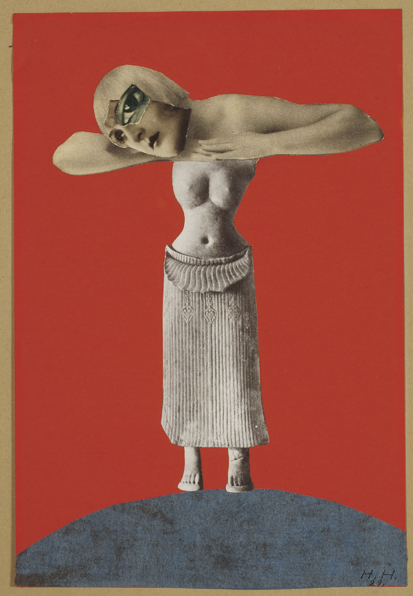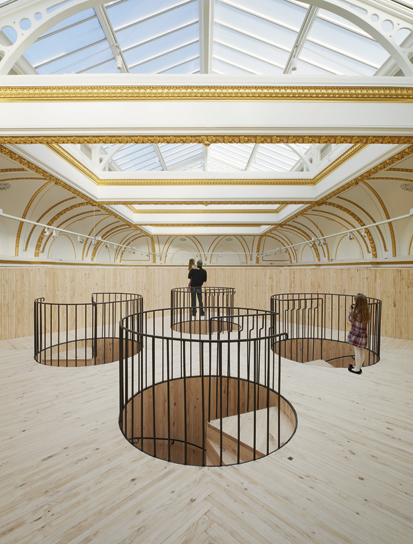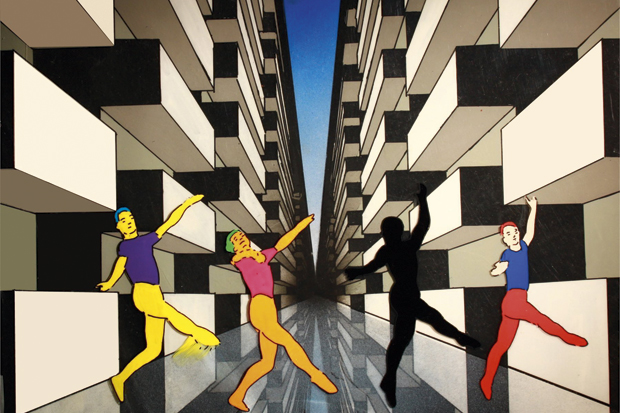Tourists are attracted to queues, art lovers to quietude. So while the mass of Monet fans visiting Paris line up outside the Musée d’Orsay and the Orangerie, connoisseurs head to the Musée Marmottan, an institution so surprisingly little known that it had to rename itself the Musée Marmottan Monet to flag up the fact that it owns the world’s largest collection of Monets. Even so, it remains a haven of peace.
Now, on its 80th anniversary, this discreet museum in a charmingly furnished mansion overlooking the Jardins du Ranelagh is making another bid for attention with an exhibition of 100 rarely seen Impressionist works borrowed from 50 private lenders. The aim of the show is to highlight the contribution of private collectors to art history in a private museum, which — since its opening in 1934 to display its founder Paul Marmottan’s collection of Napoleonic era art and furniture — has copped far more than its fair share of bequests and donations. In 1957, it was given the collection of Dr Georges de Bellio, physician to Manet, Monet, Pissarro, Renoir and Sisley (partly acquired, one suspects, in lieu of payment); then, in 1966, it was left the contents of Monet’s house and studios at Giverny by the artist’s second son Michel. In the 1980s, the Georges Wildenstein collection of manuscript illuminations came its way, followed soon after by the Duhem collection of Impressionist paintings; and finally, in 1996, it scooped the private collection of Berthe Morisot through the gift of her granddaughter-in-law, Annie Rouart.
While paying tribute to collectors as a breed, the Marmottan’s anniversary exhibition makes a special point about Impressionism. Unlike the state-sponsored avant-garde of today, the Impressionists, by breaking with the Salon, cut themselves off from sources of official subsidy. As the catalogue puts it, ‘it was private collectors …or nothing for the Impressionists’.
Private individuals collect differently from state-sponsored bodies; they’re allowed to be quirky. An exhibition of private pictures tells a different story from the standard version illustrated by public collections, which tends to iron out the kinks and oddities. There are some interesting anomalies in this show, but there is also the opportunity to discover, among its unpublished works, connections between artists one hasn’t seen before.
It may have been the Impressionists’ individualism that appealed to the new breed of self-made collector, as the catalogue suggests, but for as long as they showed together they were a group, and groups of artists poach from each other. In Jongkind’s ‘La Port au chemin de fer à Honfleur’ (1866) — with its puffs of steam, its dark figures standing out against the warm ground and its ships silhouetted against the light — we glimpse the not-so-distant ancestor of Monet’s station paintings, while Monet’s London fogs could have drifted over from Pissarro’s ‘Le Pont Corneille à Rouen, brume du matin’ (1896). But when Monet starts from the same point, he travels further. Pissarro’s avenue of trees in ‘Les Grands Hêtres à Varengeville’ (1899) has not advanced very far down the road from Hobbema’s of two centuries earlier, whereas Monet’s ‘Les Peupliers, automne’ (c.1891) are catching up with Munch.
In the show’s sensitively mixed hang, we see the Impressionists not just trading motifs but swapping styles, too. The slashing strokes of Monet’s 1887 sketch of Blanche Hoschedé painting with her sister seem more Berthe Morisot than Morisot, whose own ‘La Seine à Bougival’ (1884), hanging above, appears in turn to be borrowing from Cézanne. Only Degas and Manet are always themselves, Manet effortlessly so in his informal study for ‘Un Bar aux Folies-Bergère’ — a down-market version of the Salon painting he submitted the year after, without the champagne bottles and the ennui. This alone is worth crossing town for. Another peculiar pleasure, for me, was Cézanne’s ‘Scène légendaire’ (c.1878) — alternative title, ‘Sancho dans l’eau’ — an unlikely confrontation on a riverbank between a group of semi-clad petites baigneuses and a man on a mule. It’s the sort of delicious incongruity one would expect from Thurber. Who knew Cézanne had a sense of humour?
My advice to anyone visiting the Marmottan during the run of this show is to starve yourself of art for several days beforehand in preparation for a grande bouffe. After the exhibition’s taster menu you’ll need to leave room for the plat principal of the Monet galleries downstairs, where you can flop on a thoughtfully provided bench to digest the master’s ‘Impression, Sunrise’ (1873), the seminal work (once owned by Dr de Bellio) that gave Impressionism its name. After that you’ll still need room for dessert: two upstairs galleries newly devoted to Berthe Morisot, including her delightful portrait of husband Eugène Manet at the window of a seaside boarding house on their honeymoon in 1875 in, of all places, the Isle of Wight.
If you’ve got the stomach for it, there is also the digestif of the Wildenstein collection of illuminations — and Paul Marmottan’s Napoleonic memorabilia. I could have crawled into Napoleon’s bed for a post-prandial sieste, but it would have been too short.
Got something to add? Join the discussion and comment below.
Get 10 issues for just $10
Subscribe to The Spectator Australia today for the next 10 magazine issues, plus full online access, for just $10.
You might disagree with half of it, but you’ll enjoy reading all of it. Try your first month for free, then just $2 a week for the remainder of your first year.














Comments
Don't miss out
Join the conversation with other Spectator Australia readers. Subscribe to leave a comment.
SUBSCRIBEAlready a subscriber? Log in